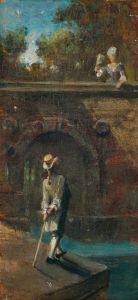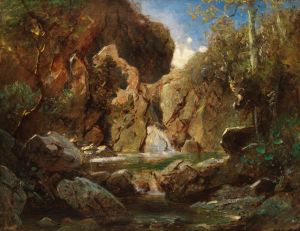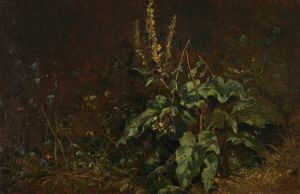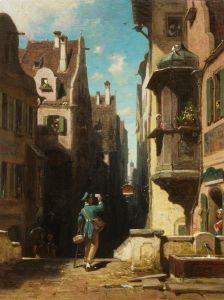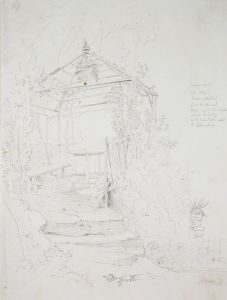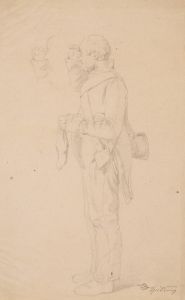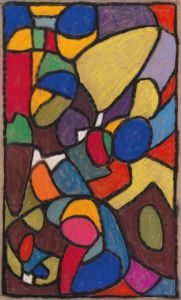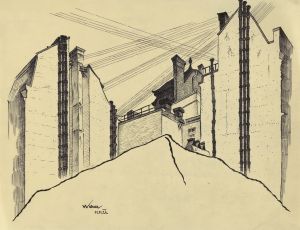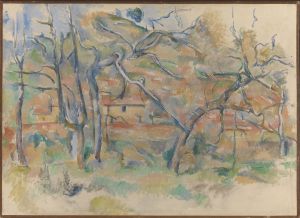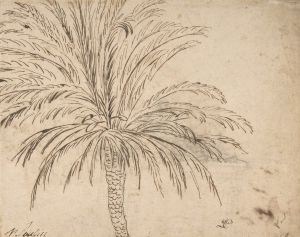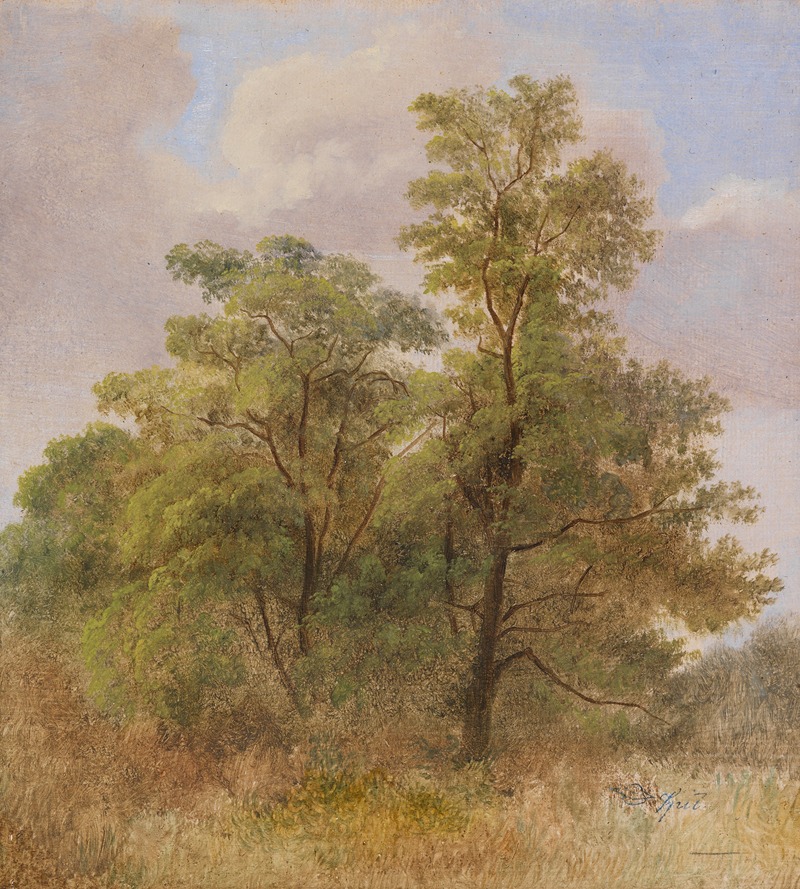
Baumstudie
A hand-painted replica of Carl Spitzweg’s masterpiece Baumstudie, meticulously crafted by professional artists to capture the true essence of the original. Each piece is created with museum-quality canvas and rare mineral pigments, carefully painted by experienced artists with delicate brushstrokes and rich, layered colors to perfectly recreate the texture of the original artwork. Unlike machine-printed reproductions, this hand-painted version brings the painting to life, infused with the artist’s emotions and skill in every stroke. Whether for personal collection or home decoration, it instantly elevates the artistic atmosphere of any space.
Carl Spitzweg was a renowned German painter and poet, known for his detailed and often humorous depictions of everyday life in the 19th century. One of his lesser-known works is "Baumstudie," which translates to "Tree Study" in English. This piece exemplifies Spitzweg's keen observation skills and his ability to capture the essence of nature with precision and artistry.
"Baumstudie" is a study of trees, showcasing Spitzweg's interest in the natural world. While specific details about the creation date or the exact location depicted in the painting are not well-documented, it is consistent with Spitzweg's broader body of work, which often includes landscapes and scenes from nature. His works typically reflect the Biedermeier style, characterized by a focus on the middle class and an appreciation for the beauty of the natural world.
Spitzweg was born in 1808 in Munich, Bavaria, and initially pursued a career in pharmacy before turning to art. His background in science may have influenced his meticulous attention to detail, which is evident in "Baumstudie." The painting likely served as a preparatory study or a standalone piece, capturing the intricate forms and textures of trees. This focus on trees and nature aligns with the Romantic movement's emphasis on the sublime beauty of the natural world.
The painting demonstrates Spitzweg's adept use of light and shadow to create depth and dimension. His brushwork captures the intricate details of the tree bark, leaves, and surrounding foliage, highlighting his skill in rendering natural elements with realism and subtlety. This attention to detail not only showcases his technical abilities but also his deep appreciation for the subject matter.
Spitzweg's work, including "Baumstudie," often reflects a sense of tranquility and introspection. His paintings are known for their ability to evoke a sense of calm and contemplation, inviting viewers to appreciate the simple beauty of everyday scenes. This quality is particularly evident in his landscape studies, where he captures the serene and timeless aspects of nature.
While "Baumstudie" may not be as widely recognized as some of Spitzweg's other works, such as "The Poor Poet" or "The Bookworm," it remains an important part of his artistic legacy. It offers insight into his process as an artist and his dedication to capturing the natural world with authenticity and care.
In summary, "Baumstudie" by Carl Spitzweg is a testament to the artist's skill in depicting nature with precision and beauty. Although specific details about the painting are limited, it remains a valuable example of Spitzweg's work and his contribution to 19th-century art. His ability to capture the essence of trees and the natural environment continues to resonate with audiences, reflecting the enduring appeal of his artistic vision.





